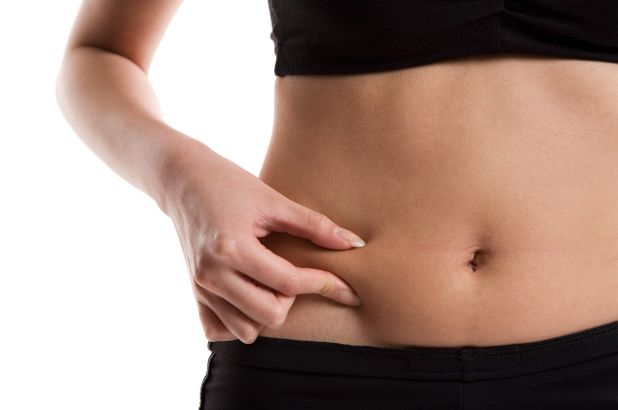Liposuction is a surgery that aims to remove unwanted excess fat mostly to improve body appearance and to smoothen irregular body shapes.
There are instances also where it is medically necessary and not just reconstructive and cosmetic.
Liposuction goes by a truckload of names – lipoplasty, lipectomy, fat modeling, liposculpture, suction lipectomy, suction-assisted fat removal, lipo, lymph-sparing liposuction, tumescent liposuction, water-assisted liposuction, power-assisted liposuction, laser-assisted liposuction, ultrasound assisted liposuction; the list is endless and each year, practitioners come up with new and innovative methods like Sono Bello’s micro-laser lipo and Athenix body sculpting.
While we are all aware of liposuction being a cosmetic procedure, there are cases where in it is reconstructive or even medically necessary.
Reconstructive liposuction is a treatment for lipedema where it is necessary to remove excess fat in the chronic medical condition called lymphedema. Liposuction is needed to remove lipomas from areas of the body.
Apart from this, liposuction is mostly for cosmetic purposes. It is used for contouring under the chin, neck, cheeks, upper arms, breasts, abdomen, buttocks, hips, thighs, knees, calves, and ankle areas.
Modern techniques include tumescent liposuction, super-wet technique, ultrasound-assisted liposuction, and laser-assisted liposuction; all of which still come with newer risks after eradicating risks from older procedures.
Critics are saying for example that modern methods add a new list of risks such as burning the tissues and skin and that energy based procedures take longer to perform than traditional liposuction.
It is best to study all the procedures to know first hand which may be safer for the patient on a case to case basis.
Everyone is updated with the latest trends but very few coincidentally know what is the history of this amazing fast blasting procedure.
Today we will give you a glimpse of its history and how lucky we are that we are enjoying this now with only very few side effects compared to how it was in the past.
It was said that the concept of body contouring began as early as 1920s when Charles Dujarier, a French surgeon came up with the idea of fat removal and body contouring procedures. Unfortunately, one of his patients developed gangrene following an operation so Dujarier’s ideas had been shoved off.
It was a case in 1926 involving the amputation of the leg of a French dancer due to excessive tissue removal and too-tight suturing. This incident had scared people and set back interest in body contouring for decades.
It took a lot of decades before the concept of surgical fat removal was mentioned. Eventhough attempts to introduce successful fat removal procedures were unsuccessful, the concept of blunt tunneling led to the emergence of the foundation for modern liposuction methods.
The concept of using rotating scalpels to break up fat followed by inserting a tube to suction out the fat, known as the blunt tunneling technique, was developed by Doctors Arpad and Giorgio Fischer in 1974. It was only used to remove fat on the outer thighs.
In just a few years, the Illouz Method began in 1982.
The blunt tunneling method often resulted in blood loss and nerve damage so surgeons looked for ways to improve it.
Dr. Yves-Gerard Illouz developed a technique that used a blunt-tipped cannula, which is a type of tube. This happened just over the following decade in the late 1970s and early 1980s.
It was said that the Illouz Method was sought after by surgeons around the world because of shorter recovery times which resulted in fewer complications and better results.
It was Yves-Gérard Illouz and Fournier which extended Fischers’ concept to the whole body.
They do this by using a different sized cannulae.
Illouz then developed the “wet” technique where the fat tissue was injected with saline and hyaluronidase.This helped dissolve tissue holding the fat before the suctioning. Lidocaine was used as a local anesthetic.
Fournier also pioneered the use of compression after the operation. He even travelled to lecture and spread the technique.
Europeans performed these procedures under general anesthesia until the 1980s when American dermatologists pioneered techniques using local anesthetics.
By the 1990s, technology led cosmetic surgeons to improved on different liposuction techniques.
These improvements included adding lidocaine and compression techniques to make the patient more comfortable and ensure safer after care results.
A method called “tumescent” was published by Jeffrey Klein. In this method, a large volume of very dilute lidocaine, along with epinephrine was used to help control bleeding by vasoconstriction and using sodium bicarbonate as a buffering agent.
Doctors also eventually started using ultrasound technology to liquefy fat before the suction procedure so the process would be easier.
Today people have benefited greatly from all these previous developments because it led to modern liposuction and other body contouring procedures which continue to improve in terms of safety and convenience.
